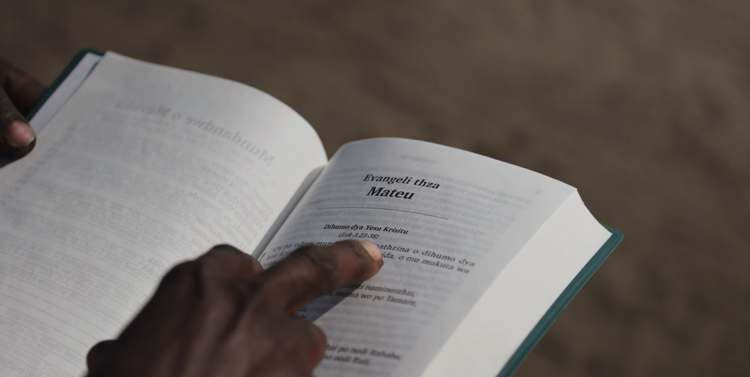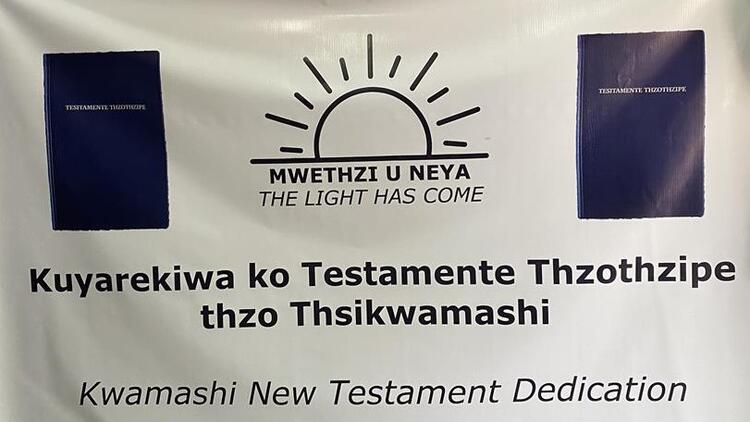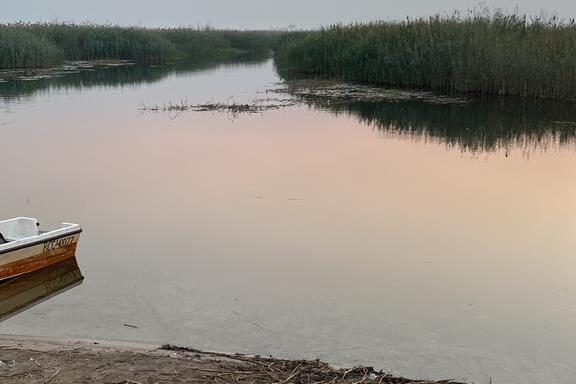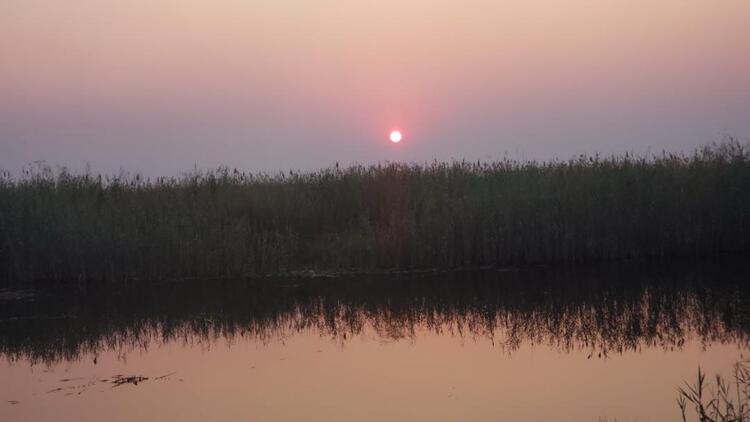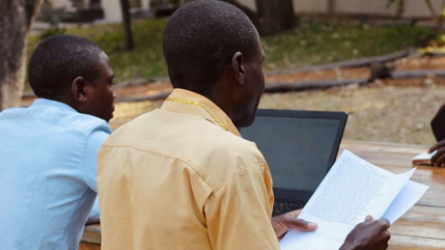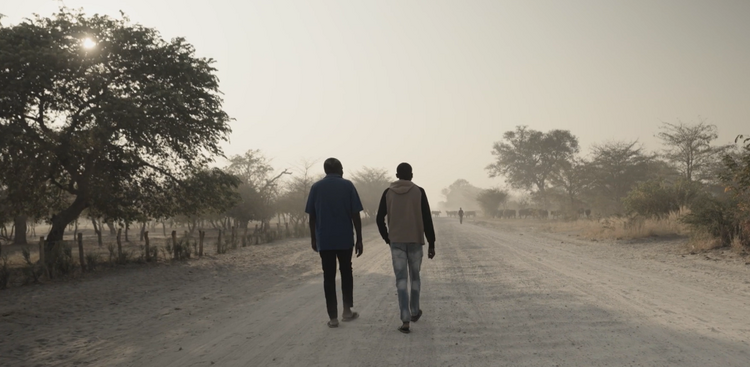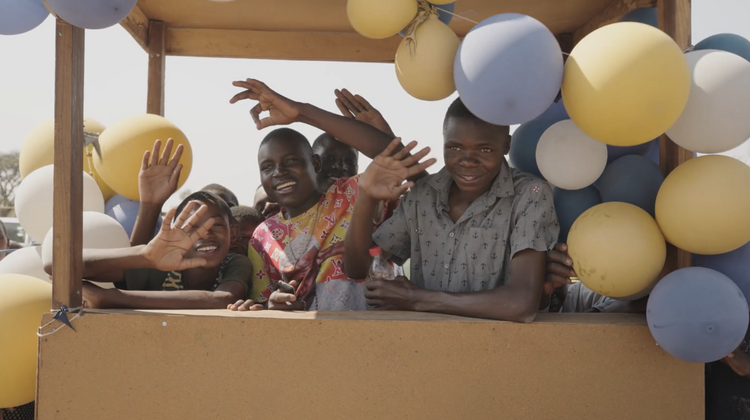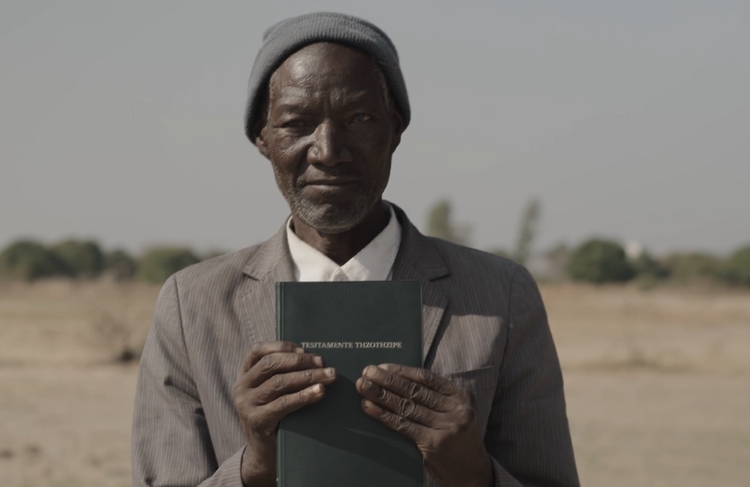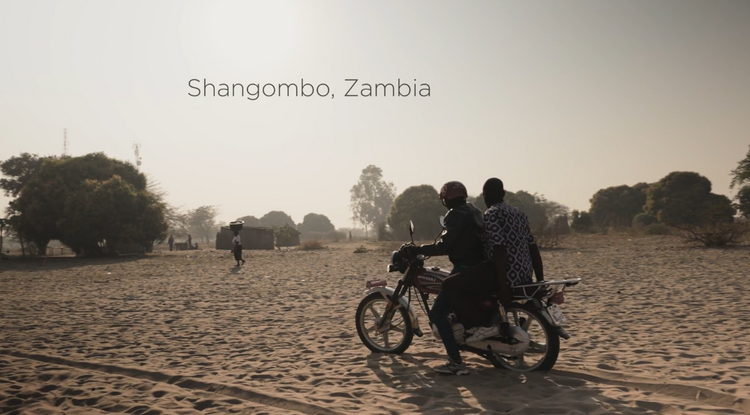WELCOME KWAMASHI COMMUNITY
About The Kwamashi People
The Kwamashi people are one of the tribes called the Bantu people. They are found in Shang’ombo District in Western Province of Zambia, and to the East of the Kuandu Province, and the South Moxico Province in Angola. They primarily engage in fishing, cattle rearing, and subsistence farming, relying on the Kuandu River and its floodplains. They were led by their chiefs into Mashiland and settled there. They have been ruled by their own chiefs from the time they settled in Mashiland up to today. These chiefs are Kaputungu, Masinda, Mboma, Lishovi, Sandongo, Sikote and Kakumba.
Kaputungu is their Paramount Chief, his palace is called Mbumba, it is located in Hekeviya, about 5 KM North of Rivungu town.
Chieftainess Masinda is found in Shang’ombo, the Zambian part of the Mashiland, her Palace is called Rukena. Chief Mboma is found in Siumi District, his Palace is found in Kangambera area.
Chief Dishovi is found at Katenga in Mavinga District; Chief Sandongo is found at Narungondwe in Siumi District; Chief Sikote is found at Myondo in Siumi District; Chief Kakumba is found at Narikinya in Rivungu District; Chieftainess Manderena is found at Katengo in Rivungu District. Chieftainess Masinda is the only one of these chiefs who is found in Zambia, the rest are found in Angola.
Just like many other tribes, the Mashi people have their own culture. Their language, Mashi, is part of the larger Bantu linguistic family, preserving unique oral traditions.
Traditional music, drumming, and dance play a vital role in their cultural identity. They are skilled in basket weaving, pottery, and crafting tools using local materials.
Modernization has introduced education, infrastructure, and technology, but many still uphold their ancestral customs. Christianity influences their spiritual and social practices. Seasonal migrations due to floods continue to shape their way of life, adapting to environmental challenges. Despite external influences, the Kwamashi people maintain a strong communal bond and a distinctive cultural heritage.
